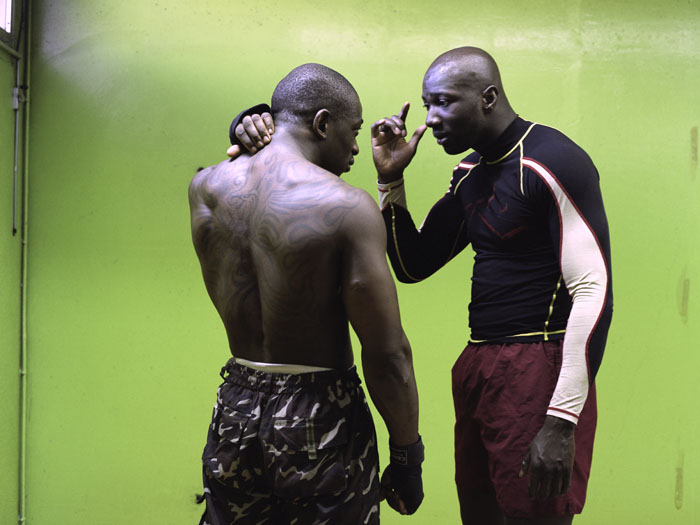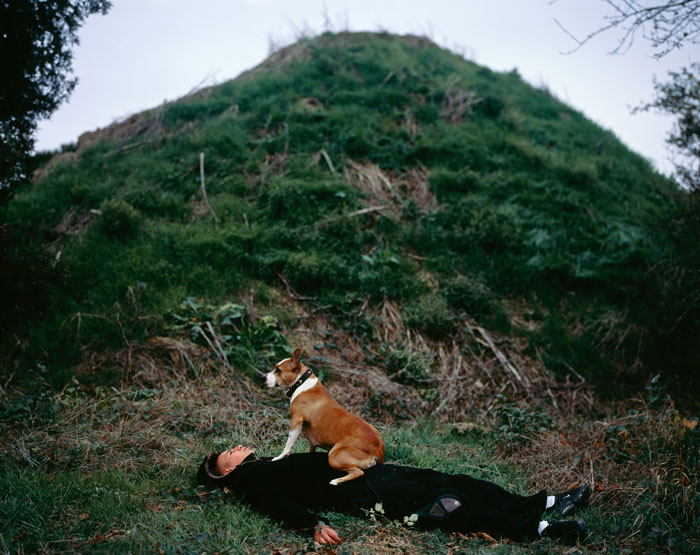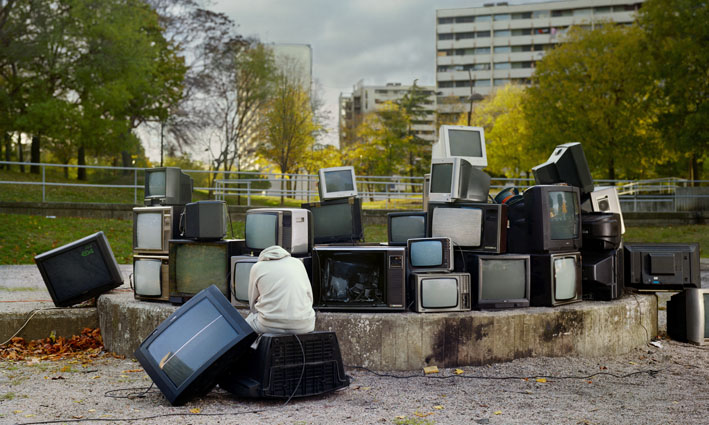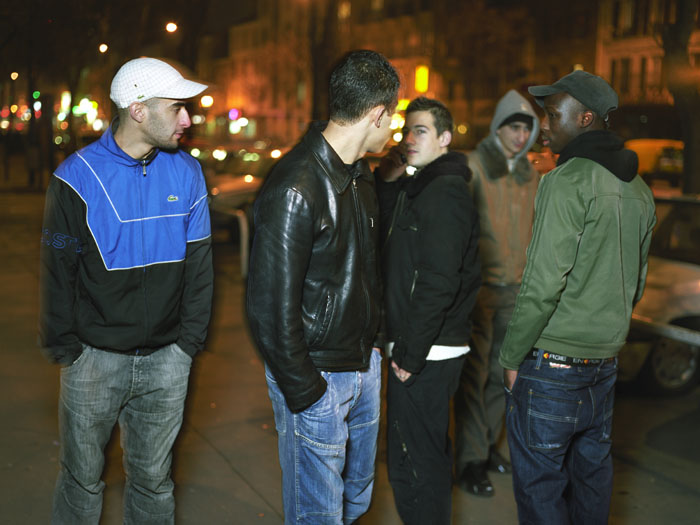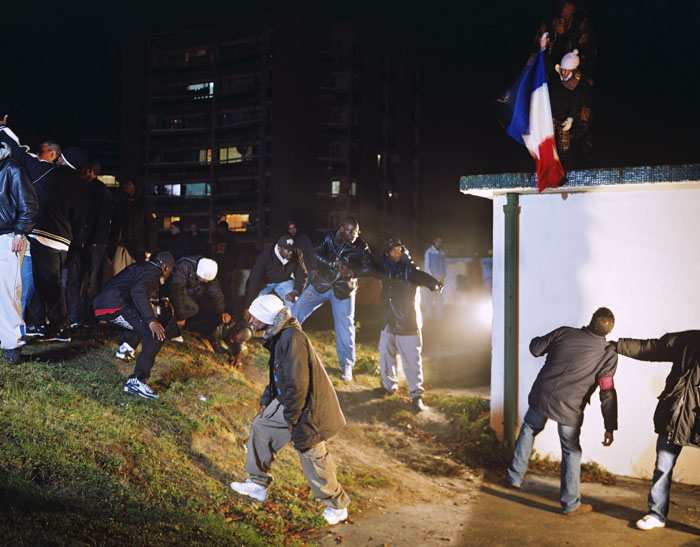Mohamed Bourouissa - 'These constructed realities’
Text by Julia Bunnemann
When one thinks of Parisian street photography, the romantic snapshots of Robert Doisneau, Henri Cartier-Bresson, or Elliott Erwitt are probably the first thing to come to mind for many people. In his series Périphérique (2005–08), multidisciplinary artist Mohamed Bourouissa distanced himself from this iconic visual history, choosing instead to focus on young people in the suburbs of Paris, les banlieues. Bourouissa’s nomination for the prestigious 2020 Deutsche Börse Photography Foundation Prize provides an opportunity to look back on this formative early-career series, in which the Algeria-born, Paris-raised artist started to make the world he grew up in visible to a broader audience.


His photographic practice was influenced by Jamel Shabazz, a documentary street photographer who captured New York’s urban and youth culture in the 1980s, with a strong focus on communities of colour. During a recent artist’s talk at The Photographers’ Gallery in London, Bourouisssa explained that, when he was studying visual arts at the Sorbonne, the world in which he and his loved ones lived did not exist in so-called high-culture institutions, such as museums or galleries. His aim was then – and still is now – to establish his ‘home culture’ within the history of art, while simultaneously exploring loaded issues including integration and immigration. At first glance, Périphérique seems like photojournalism in the classic tradition of documentary colour photography. The series is closely linked to the 2005 Paris riots, which were ignited when two teenagers died while fleeing from the police, precipitating three weeks of unrest in the banlieues. The press quickly circulated stereotypical images of young men, many of whom were of North African heritage, fighting against the authorities. Bourouissa responded to these recurring prejudices by amplifying them, staging consistently repetitive preconceptions of les jeunes. Every image is carefully composed, professionally illuminated, and shot on large-format film – in essence constructed with the technical tools of commercial advertising. During the artist’s talk at The Photographers’ Gallery, Bourouissa insisted that it had been vital for the setting to enter a dialogue with his subjects, who were friends (or friends of friends) from the neighbourhood. Though he planned the scenes in advance, he would let his friends perform them to an extent, which increased the semblance of authenticity, as gazes and gestures occurred naturally. Bourouissa used this approach to create the mise-en-scène for twenty-one photographic tableaux between 2005 and 2008.
Bourouissa paid particular attention to meticulously defining the pictorial structure, using methods from classical art history. The composition, aesthetics, and tension between his figures recall the works of the old masters. In ‘Carré Rouge’ (2005), one of the earliest works of the series, ten young men are distributed in groups of three and four around an enclosed room with a number of mailboxes in the background – what looks like the entrance of a block of flats. A feeling of uneasiness overcomes the viewer: harsh neon light illuminates the tiled floor, and the atmosphere is tense, the testosterone unmistakable. ‘What I am after is that very fleeting tenth of a second when the tension is at its most extreme. We have all known those imperceptible moments when the tension seems more violent than the confrontation with the other. At that extreme point where anything could happen, or nothing.’ In the foreground, a young man wears a grey and red jacket, the titular carré rouge (red square). His back is to the viewer, but he seems central to the action, in terms of both composition and content. The gaze of the other figures is either fixed on the floor or on him. The centre of the image, meanwhile, is empty. Perhaps Bourouissa’s intention was to use the man and the so-called Rückenfigur motif (figure from the back) from classical painting, to function as a placeholder for the viewer and simultaneously draw them into the scene, rendering them both voyeur and participant and raising questions about belonging and stereotyping. The viewer – who all too often in the art world is likely to be white and privileged – is suddenly emotionally confronted by the experience of being at the heart of the action. This kind of active addressing of the viewer is what makes Bourouissa’s artistic praxis so engaging.


Bourouissa strongly disagrees with the notion that he is giving his generation or his community a voice. They are tired of being stigmatised, he claims, and he feels that it is pretentious to speak on their behalf. Furthermore, ‘there is no question of marginality when I photograph the guys who live in the cités,’ he says. ‘They are not, in themselves, marginal.’ His intentions were to create aesthetically balanced images of French young people – who are every bit as French as anyone else– and to fill a gap in art history. This balance between contemporary imagery and art history tropes in Périphérique evokes a certain timelessness, which continues to feel current more than twelve years later.

